A Closer Look at the Core I7 8700k
Intel’s i7 8700k is the latest addition to their line up of unlocked, consumer grade desktop processors. It’s based on Intel’s 14 NM process node. The 8th generation processors use the same LGA 1151 socket as the previous two generations. However, neither the 8th gen processors, or motherboards with the new Z370 chipset are backwards compatible. There is a legit reason for this, actually a couple. First being the 8th generations compatibility with faster memory speeds, up to 2666 MHz.This is up from the supported 2400 MHz on the 7th gen processors. Second the new Z370 motherboards offer improved power delivery.
Although Intel’s High End Desktop (HEDT), or enthusiast platform has had the luxury of 6 cores for a while now, the 8700k is the first hex-core processor on the consumer platform. The 8700k is sporting 6 cores and 12 threads with 12 mb of cache. This is up from the traditional 4 cores and 8 threads the consumer platform has been on since the launch of the Core series of processors. The 8700k has also seen an increase in the amount of cache when compared to the previous generation, which had only 8 mb.
The 8700k has a base clock of 3.7 GHz and a boost clock of 4.7 GHz. The decrease in base clock from the 7700k was expected due to the two additional cores. Even at its base clock, the 8700k usually ran at about 4.3 GHz. The 8700k having a base clock 500 MHz slower than the 7700k. However, the boost clock on the 8700k of 4.7 GHz is 200 MHz higher than the 7700k. For a hex-core processor, that is impressive. What’s more impressive is the fact the 8700k is only a 95-watt processor. That’s only 4-watts more than the 7700k and a whopping 45-watts lower than the 7800X. The 7800X is Intel’s current hex-core on the x299 platform. The 8700k officially supports dual channel memory, up to 64 GB of NON-ECC DDR4-2666. However, I’m running 3200 MHz memory for this review.
The integrated graphics on the 8700k are Intel’s UHD Graphics 630. This is essentially a refresh of the HD 630 graphics found on Kaby Lake, or 7th generation processors. The integrated GPU has 24 execution units, or EUs. The IGPU clock speeds are dependent on the CPU clock speed. On the 8700k the base clock of the IGPU is 350 MHz and the max boost clock is 1200 MHz. This is the same base clock as the HD 630 graphics on the 7700k. However, the boost clock on the 8700k is 50 MHz faster than the boost clock of 1150 MHz on the 7700k.
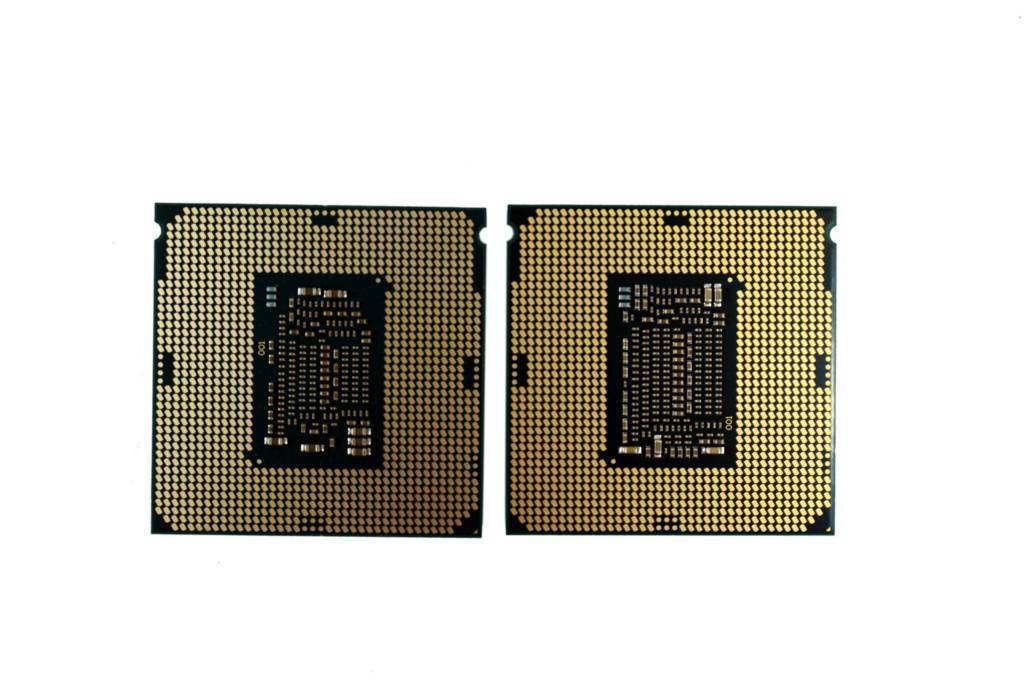
Since there is no dedicated memory for the IGPU, it must access the main system memory. The UHD 630 graphics are essentially identical to the HD 630 graphics found on the 7th generation, just with a faster boost clock. The IGPU supports up to 3 displays at a resolution of 4096 x 2304. The 8th generation processors have support for HDMI 1.4 at up to 4096 x 2304 @ 24 Hz. However, they also have support for DisplayPort and eDP, or Embedded DisplayPort at up to 4096 x 2304 @ 60 Hz. Like the previous generation, the 8th generation has DirectX 12 support and OpenGL 4.5 support. The IGPU also has support for Intel Quick sync, InTru 3D, Clear Video and Clear Video HD technology.
Like previous generations, the 8700k has 16 PCIe, gen 3 lanes on the processor. In addition to that, the Z370 chipset has an additional 24 lanes available, like the Z270 chipset. In fact, the differences between the Z270 chipset and the Z370 chipset are minimal. For example, Z270 has support for up to 14 USB, with 10 being USB3.0. On the Z370 chipset, you still get support for up to 14 USB, however 10 of them are USB 3,1. The only other difference is the Z370 chipset has added Raid 0, 1 and 5 for PCIs SSDs. The Z270 chipset had support for raid0,1,5 and 10, but only for SATA based storage.
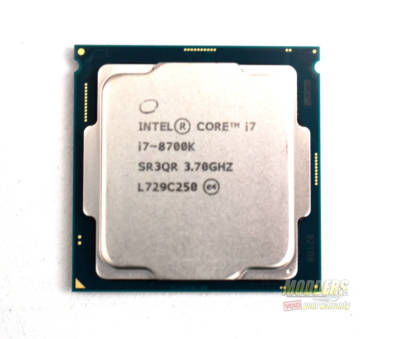
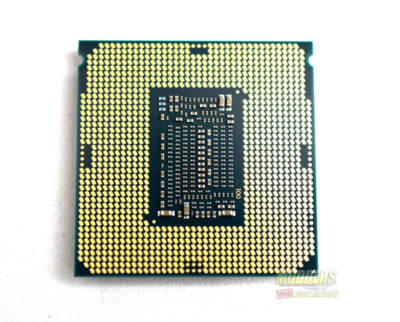
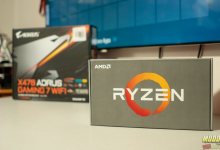
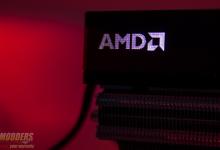


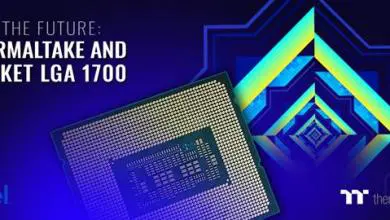
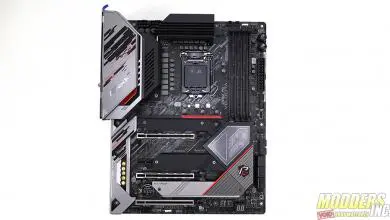
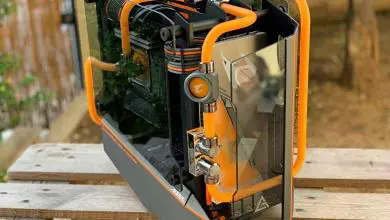
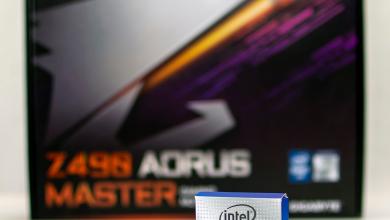

Right now I am running a I7-3770k 3.5Ghz Quad core that has been absolutely phenomenal since Q3 2012 when I built my computer.
I am starting to see the sunset though on it’s ability to max out settings and keep the frame rates where I like them even paired to a 1060 GTX GPU.
As soon as these intel back doors that hackers are using right now are closed in this line of CPU officially…then I will probably upgrade to this cpu.
….not until then though.